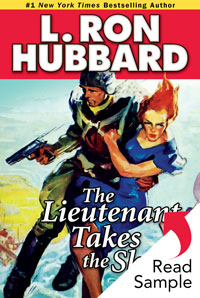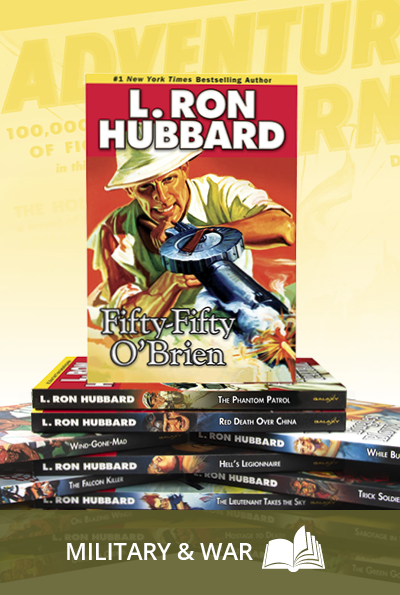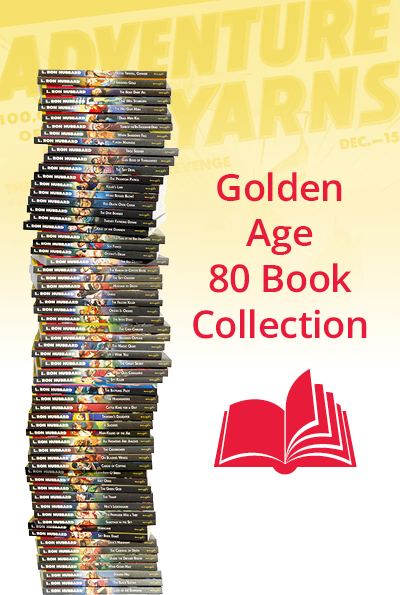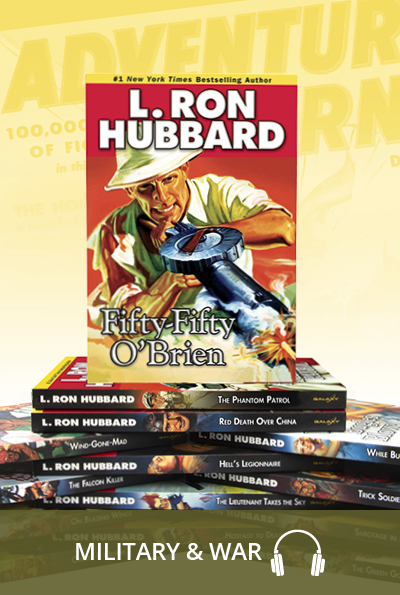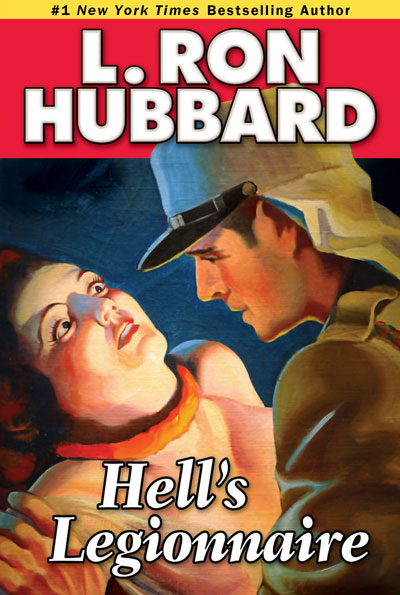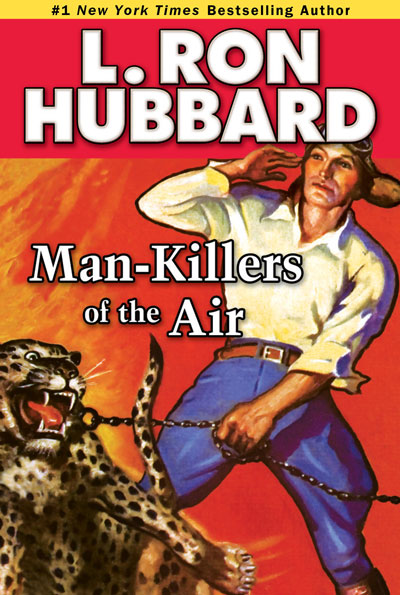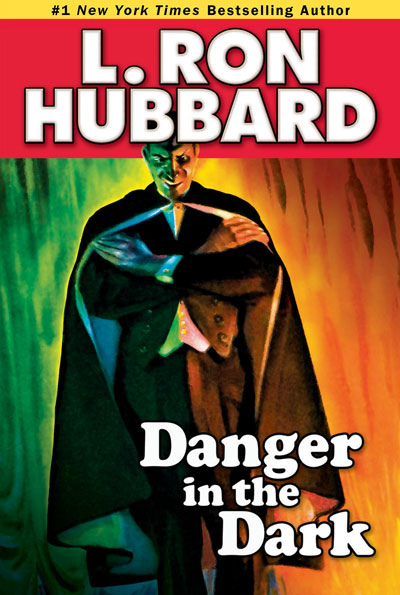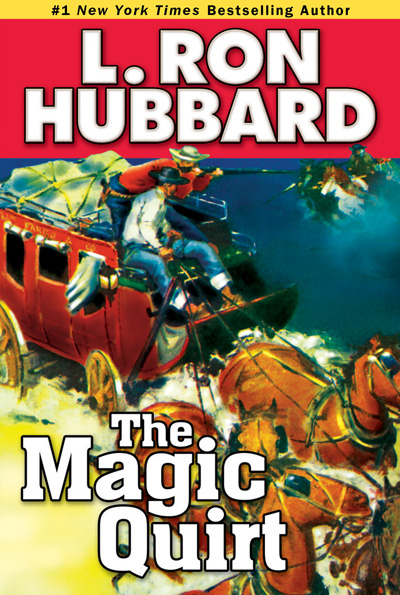The Lieutenant Takes the Sky Glossary
Stories from the Golden Age reflect the words and expressions used in the 1930s and 1940s, adding unique flavor and authenticity to the tales. While a character’s speech may often reflect regional origins, it also can convey attitudes common in the day. So that readers can better grasp such cultural and historical terms, uncommon words or expressions of the era, the following glossary has been provided.
antimony: a brittle, lustrous white metallic element, used chiefly in alloys.
Atlas: Atlas Mountains; a mountain range in northwest Africa extending about fifteen hundred miles through Morocco, Algeria and Tunisia, including the Rock of Gibraltar. The Atlas ranges separate the Mediterranean and Atlantic coastlines from the Sahara Desert.
barbs: a breed of horses introduced by the Moors (Muslim people of mixed Berber and Arab descent) that resemble Arabian horses and are known for their speed and endurance.
bataillon pénal: (French) penal battalion; military unit consisting of convicted persons for whom military service was either assigned punishment or a voluntary replacement of imprisonment. Penal battalion service was very dangerous: the official view was that they were highly expendable and were to be used to reduce losses in regular units. Convicts were released from their term of service early if they suffered a combat injury (the crime was considered to be “washed out with blood”) or performed a heroic deed.
Bedouin: a nomadic Arab of the desert regions of Arabia and North Africa.
Berbers: members of a people living in North Africa, primarily Muslim, living in settled or nomadic tribes between the Sahara and Mediterranean Sea and between Egypt and the Atlantic Ocean.
boon: something to be thankful for; blessing; benefit.
bracket: to place (shots) both beyond and short of a target.
caravanserai: a roadside inn where travelers could rest and recover from the day’s journey. Caravanserais supported the flow of commerce, information and people across the network of trade routes covering Asia, North Africa and southeastern Europe. Typically it was a building with a square or rectangular walled exterior, and a single doorway wide enough to permit large or heavily laden beasts, such as camels, to enter. The courtyard was almost always open to the sky, and the inside walls of the enclosure were outfitted with a number of identical stalls, bays and niches or chambers to accommodate merchants and their servants, animals and merchandise.
Cochin China: a region covering southern Vietnam. Originally part of the Chinese empire, it was made a French colony in 1867 and combined with other French territories to form French Indochina in 1887 with Saigon as its capital. It was incorporated into Vietnam in 1949.
Colt: revolver manufactured by the Colt Firearms Company, founded in 1847 by Samuel Colt (1814–1862), who revolutionized the firearms industry with the invention of the revolver.
cordite: a family of smokeless propellants, developed and produced in the United Kingdom from the late nineteenth century to replace gunpowder as a military propellant for large weapons, such as tank guns, artillery and naval guns. Cordite is now obsolete and no longer produced.
cowl: a removable metal covering for an engine, especially an aircraft engine.
Crees: North American Indians living in central Canada.
damascene: metal, such as iron or steel, decorated with wavy patterns of etching or inlays of precious metals, especially gold or silver.
Dieu: (French) God.
djellaba: a loose-hooded cloak of a kind traditionally worn by Arabs.
drome: short for airdrome; a military air base.
emplacement: a prepared position for weapons or military equipment.
Fez: the former capital of several dynasties and one of the holiest places in Morocco; it has kept its religious primacy through the ages.
foil: airfoil; any surface (such as a wing, propeller blade or rudder) designed to aid in lifting, directing or controlling an aircraft by using the current of air it moves through.
Four Hundred, the: the wealthiest and most exclusive social set of a community.
G-men: government men; agents of the Federal Bureau of Investigation.
gunwale: the upper edge of the side of a boat. Originally a gunwale was a platform where guns were mounted, and was designed to accommodate the additional stresses imposed by the artillery being used.
Hadith: one who follows the way of life prescribed for Muslims on the basis of the teachings and practices of Muhammad and interpretations of the Koran.
Ibn Tumart: (1080–1130) Berber religious teacher and founder of the ruling dynasty of the twelfth century in the region that is now Morocco. He founded a monastery in the Atlas Mountains that served as an important religious center. It is also his burial site.
ice-wagon: a slow-moving vehicle.
Irish Guard: Irish Legion of the French Army, created by Napoleon in 1803 with the intention of invading the British Isles. Irish nationalists saw the Irish Legion as a means of liberating Ireland from British rule and so many enlisted. When the planned invasion did not take place, some of the Irishmen quit though the greater majority remained and fought for Napoleon with distinction. At his coronation in 1804, Napoleon presented the Irish Legion with an eagle (bronze eagle sculpture mounted on top of the blue regimental flagpole), the only one he ever entrusted to a foreign corps, along with their own flag. In 1813, after seeing firsthand the fighting valor of the Irish Legion in battle, he granted them the honor of guarding him.
Karaouine University Library: university in Fez, Morocco, founded in 859 and one of the oldest universities in the world. It is associated with the city’s giant mosque and is considered one of the most important centers of learning in North Africa.
kepi: a cap with a circular top and a nearly horizontal visor; a French military cap that men in the Foreign Legion wear.
Lebels: French rifles that were adopted as standard infantry weapons in 1887 and remained in official service until after World War II.
Légions Étrangères: (French) Foreign Legion; a specialized military unit of the French Army, consisting of volunteers of all nationalities assigned to military operations and duties outside France.
le Maroc: (French) Morocco.
Lewis gun: a gas-operated machine gun designed by US Army Colonel Isaac Newton Lewis in 1911. The gun weighed twenty-eight pounds, only about half as much as a typical medium machine gun. The lightness of the gun made it popular as an aircraft-mounted weapon, especially since the cooling effect of the high-speed air over the gun meant that the gun’s cooling mechanisms could be removed, making the weapon even lighter.
M. or M’sieu: (French) Monsieur; Mr.
ma foi: (French) my faith; an exclamation used to emphasize an accompanying remark or to express surprise, etc.
Middle Atlas: part of the Atlas Mountain range lying in Morocco. It is the westernmost of three Atlas Mountain chains that define a large plateaued basin extending eastward into Algeria.
M’m’selle: (French) Mademoiselle; Miss.
Monte Carlo: a town of Monaco on the Mediterranean Sea and the French Riviera. It is a noted resort famed for its casinos and luxurious hotels.
Moorish barbs: a breed of horses introduced by the Moors (Muslim people of mixed Berber and Arab descent) that resemble Arabian horses and are known for their speed and endurance.
Morocco: a country of northwest Africa on the Mediterranean Sea and the Atlantic Ocean. The French established a protectorate over most of the region in 1912, and in 1956 Morocco achieved independence as a kingdom.
musette: a small canvas or leather bag with a shoulder strap, as one used by soldiers or travelers.
placer: a waterborne deposit of gravel or sand containing heavy ore minerals, as gold, which have been eroded from their original bedrock and concentrated as small particles that can be washed out.
puncheon: large timbers with one flattened side, usually used for flooring.
Riff: a member of any of several Berber peoples inhabiting the Er Rif, a hilly region along the coast of northern Morocco. The Berber people of the area remained fiercely independent until they were subdued by French and Spanish forces (1925–1926).
Rualla: the name of an Arab tribe.
sacré nom d’un cochon: (French) damned name of a pig.
Saigon: city in southern Vietnam and capital of French Indochina (now Ho Chi Minh).
Scheherazade: the female narrator of The Arabian Nights, who during one thousand and one adventurous nights saved her life by entertaining her husband, the king, with stories.
Shaitan: (Arabic) Satan.
shock troops: assault troops; infantry formations and their supporting units intended to lead an attack.
shrouds: the ropes connecting the harness and canopy of a parachute.
slipstream: the airstream pushed back by a revolving aircraft propeller.
Sorbonne: a university in Paris; intellectual center of France.
spahi: a member of a light cavalry regiment of the French Army recruited primarily from Algeria, Tunisia and Morocco.
stall: a situation in which an aircraft suddenly dives because the airflow is obstructed and lift is lost. The loss of airflow can be caused by insufficient airspeed or by an excessive angle of an airfoil (part of an aircraft’s surface that provides lift or control) when the aircraft is climbing.
strut: a support for a structure such as an aircraft wing, roof or bridge.
Toutou: (French) doggie; used as an endearment.
tracer: a bullet or shell whose course is made visible by a trail of flames or smoke, used to assist in aiming.
tricolor: the French national flag, consisting of three equal vertical bands of blue, white and red.
volplaned: glided toward the earth in an airplane, with no motor power or with the power shut off.
whipstall: a maneuver in a small aircraft in which it goes into a vertical climb, pauses briefly, and then drops toward the earth, nose first.
white feather: a single white feather is a symbol of cowardice. It comes from cockfighting, and the belief that a gamecock sporting a white feather in its tail is not a purebred and is likely to be a poor fighter.
Yank: Yankee; term used to refer to Americans in general.


